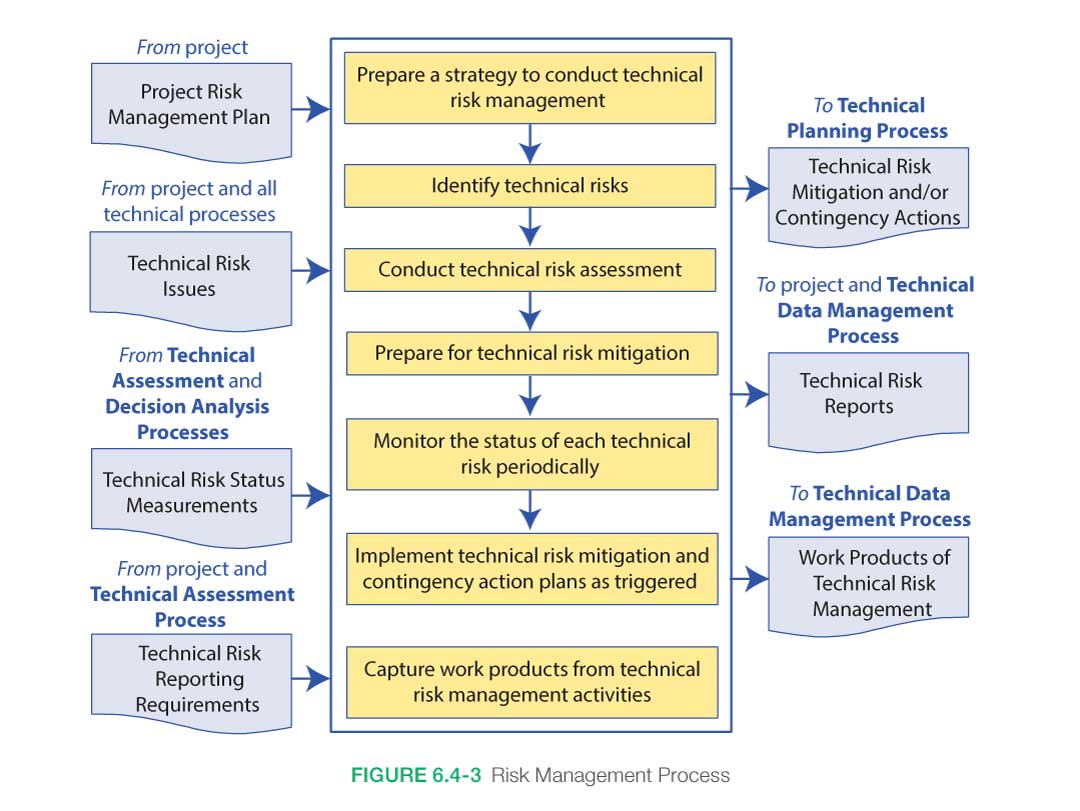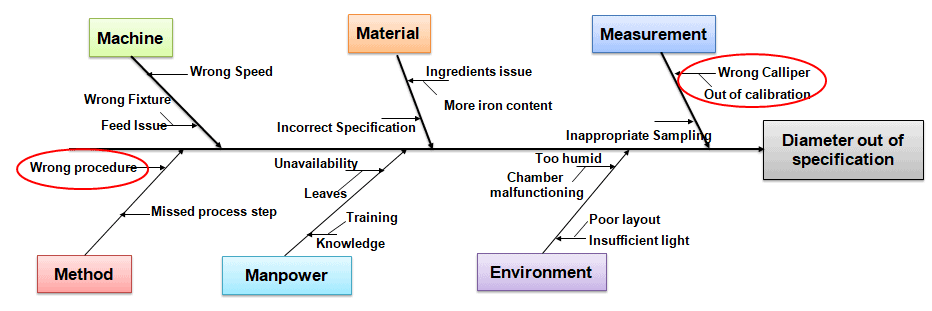In this Article
Risk management is a critical aspect of systems engineering that aims to identify, assess, and control risks to ensure the successful integration of engineering projects. This article provides an overview of risk mitigation techniques in engineering integration, with a specific focus on the UK context.
We will explore the importance of risk management, the risk management process, concurrent engineering, risk mitigation strategies, risk management in systems engineering, risk mitigation planning and monitoring, and the selection and utilisation of risk management tools.
Risk management in systems engineering refers to the systematic process of identifying, assessing, and controlling risks that could impact the success of a project. It involves understanding potential hazards, estimating their probability and impact, and implementing strategies to reduce or eliminate their consequences.
Effective risk management is crucial in systems engineering for several reasons. It helps in identifying potential risks early on, minimising project failures, cost overruns, and schedule delays. Risk management enhances project safety, reliability, and decision-making by providing valuable insights into potential risks and their impact.
Risk Management Process
The risk management process consists of four key steps: risk identification, risk assessment, risk mitigation, and risk monitoring and control.
Risk Identification
Risk identification involves systematically examining the project and its environment to identify potential hazards, vulnerabilities, and uncertainties that could pose a threat to project objectives. This step is crucial in understanding the scope of potential risks and preparing for their mitigation.
Risk Assessment
Risk assessment evaluates the potential consequences and probability of identified risks. It helps prioritise risks based on severity and guides focused mitigation efforts. By assessing risks, engineering professionals can determine which risks require immediate attention and allocate resources accordingly.
Risk Mitigation
Risk mitigation involves implementing strategies to reduce the impact or likelihood of identified risks. Various strategies can be employed, including assuming or accepting the risk, avoiding it, implementing controls, transferring it to a third party, or closely monitoring it. The selection of the appropriate strategy depends on the specific risks and their potential impact on the project.
Risk Monitoring and Control
Risk monitoring and control involve tracking identified risks, assessing the effectiveness of mitigation measures, and making necessary adjustments to the risk management plan. Continuous monitoring allows for timely responses to any changes or emerging risks during the project lifecycle.
Risk Mitigation in Concurrent Engineering
Concurrent engineering is an approach that emphasises parallel and collaborative design, development, and integration. It facilitates early risk identification and mitigation throughout the project lifecycle. In our experience by involving multiple disciplines and stakeholders, concurrent engineering enables the identification of risks from various perspectives and allows for their timely mitigation.
Risk Mitigation Strategies
Risk mitigation strategies play a crucial role in engineering projects:
Assume/Accept
In some cases, it may be appropriate to assume or accept certain risks. This strategy is chosen when the risk's potential impact is deemed low or when the cost of mitigation outweighs the benefits. However, it is essential to carefully assess the consequences and establish contingency plans to manage any unexpected occurrences.
Avoid
Risk avoidance involves eliminating or minimising the likelihood of a risk occurring. This can be achieved by making design changes, selecting alternative materials or technologies, or modifying the project scope. Avoidance is most effective when implemented during the early stages of project planning and design.
Control
Risk control aims to reduce the impact or likelihood of risk through preventive measures. It can involve implementing safety protocols, quality control processes, redundant systems, or regular maintenance procedures. Control measures should be carefully designed and integrated into the project to ensure their effectiveness.
Transfer
Risk transfer involves shifting the responsibility for a risk to another party, typically through insurance or contractual agreements. Transferring risks can provide financial protection and access to specialised risk management entities. However, it is crucial to carefully assess the terms and limitations of the transfer to ensure adequate coverage.
Watch/Monitor
Monitoring risks involves continuous observation and evaluation of potential threats. This strategy allows for early detection and immediate response to emerging risks. Monitoring can involve regular inspections, data analysis, or the use of automated monitoring systems. It is particularly important in dynamic and evolving projects.
Risk Mitigation in Systems Engineering

Source: NASA
Risk mitigation in systems engineering requires specialised techniques to ensure the safety and success of complex projects. Some of the key strategies include:
Intensified Technical and Management Reviews
Conducting comprehensive reviews at various stages of the project to identify potential risks, assess their impact, and develop appropriate mitigation strategies. These reviews involve experts from different disciplines and stakeholders.
Special Oversight of Designated Component Engineering
Focusing additional attention on critical components or subsystems that pose higher risks. This involves assigning dedicated engineering resources, conducting specialised testing, and implementing strict quality control measures.
Special Analysis and Testing of Critical Design Items
Conducting in-depth analysis and testing of critical design items to verify their performance, reliability, and safety. This ensures that potential risks associated with these items are thoroughly assessed and mitigated.
Rapid Prototyping and Test Feedback
Employing rapid prototyping techniques to quickly develop and test design concepts. This iterative process allows for early identification and resolution of potential risks before full-scale production.
Consideration of Relieving Critical Design Requirements
Assessing whether certain stringent design requirements can be relaxed without compromising safety or performance. This can help reduce complexity and mitigate risks associated with challenging design specifications.
Initiation of Fallback Parallel Developments
Pursuing alternative design paths simultaneously to provide backup options in case of unforeseen risks or challenges. Fallback parallel developments ensure that the project can switch to an alternative design if the primary path encounters insurmountable risks or obstacles.
Risk Mitigation Planning, Implementation, and Progress Monitoring
Risk mitigation planning involves developing a comprehensive plan that outlines the identified risks, mitigation strategies, responsible parties, and timelines. We’ve found that systems engineers play a crucial role in coordinating risk management activities, facilitating communication among stakeholders, and ensuring the effective implementation of mitigation measures. Regular review and analysis of project data contribute to continuous improvement in risk mitigation techniques.
Risk Management Tools
Various tools and techniques are available to support risk management efforts in engineering projects. These tools include:
- Risk Registers - Documenting and tracking identified risks, their likelihood, impact, and mitigation strategies. Risk registers provide a structured approach to managing risks and enable effective communication among team members.
- Decision Trees - Visualising the decision-making process and potential outcomes based on different risk scenarios. Decision trees assist in evaluating alternative courses of action and their associated risks.
- Monte Carlo Simulation - Assessing the probability of different risk outcomes based on various input variables. Monte Carlo simulation helps in understanding the range of potential outcomes and informing decision-making.
- Fault Tree Analysis - Analysing the combinations of events and failures that could lead to system-level risks. Fault tree analysis provides a systematic approach to understanding the relationships between different risk factors.
- Cause and Effect Diagrams

Source: 60studyguide.com
Identifying the root causes of risks and potential mitigation measures. Cause and effect diagrams, also known as fishbone diagrams, visually depict the relationship between various factors contributing to risk.
- SWOT Analysis - Assessing project strengths, weaknesses, opportunities, and threats to identify potential risks. SWOT analysis provides a holistic view of the project's internal and external factors, enabling effective risk identification and mitigation.
Conclusion
Effective risk mitigation is vital for the success of engineering integration projects. By adopting a systematic approach to risk management, engineers can identify potential risks, assess their impact and likelihood, implement appropriate mitigation strategies, and continuously monitor and control risks throughout the project lifecycle.
Risk management requires professional judgment, compliance with legislation and regulations, effective communication among stakeholders, and public awareness. By implementing comprehensive risk mitigation techniques, engineering professionals can ensure the safety, reliability, and success of their projects.
FAQs
Risk management is important in engineering integration because it minimises failures, cost overruns, and schedule delays by addressing potential risks proactively.
The key steps in the risk management process are risk identification, assessment, mitigation, and monitoring.
Concurrent engineering relates to risk mitigation by promoting parallel and collaborative design, development, and integration, enabling early identification and timely resolution of risks.
Common risk mitigation strategies in engineering projects include assuming/accepting risks with low impact, avoiding risks through design changes, implementing control measures, transferring risks to third parties, and closely monitoring risks.
Systems engineering contributes to risk mitigation by employing intensified technical and management reviews, special oversight of critical components, specialised analysis and testing, rapid prototyping and feedback, consideration of design requirements, and initiation of fallback parallel developments.